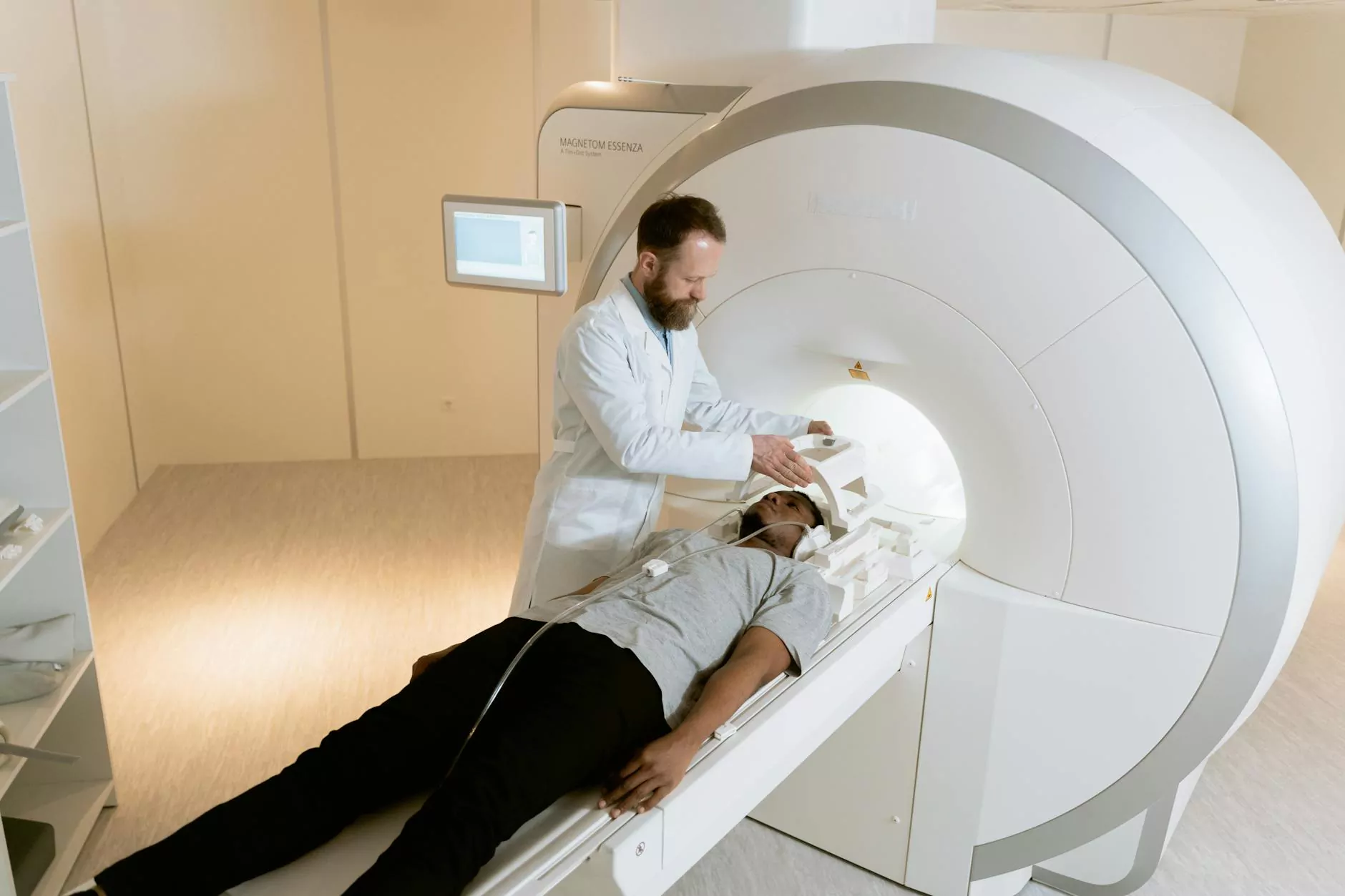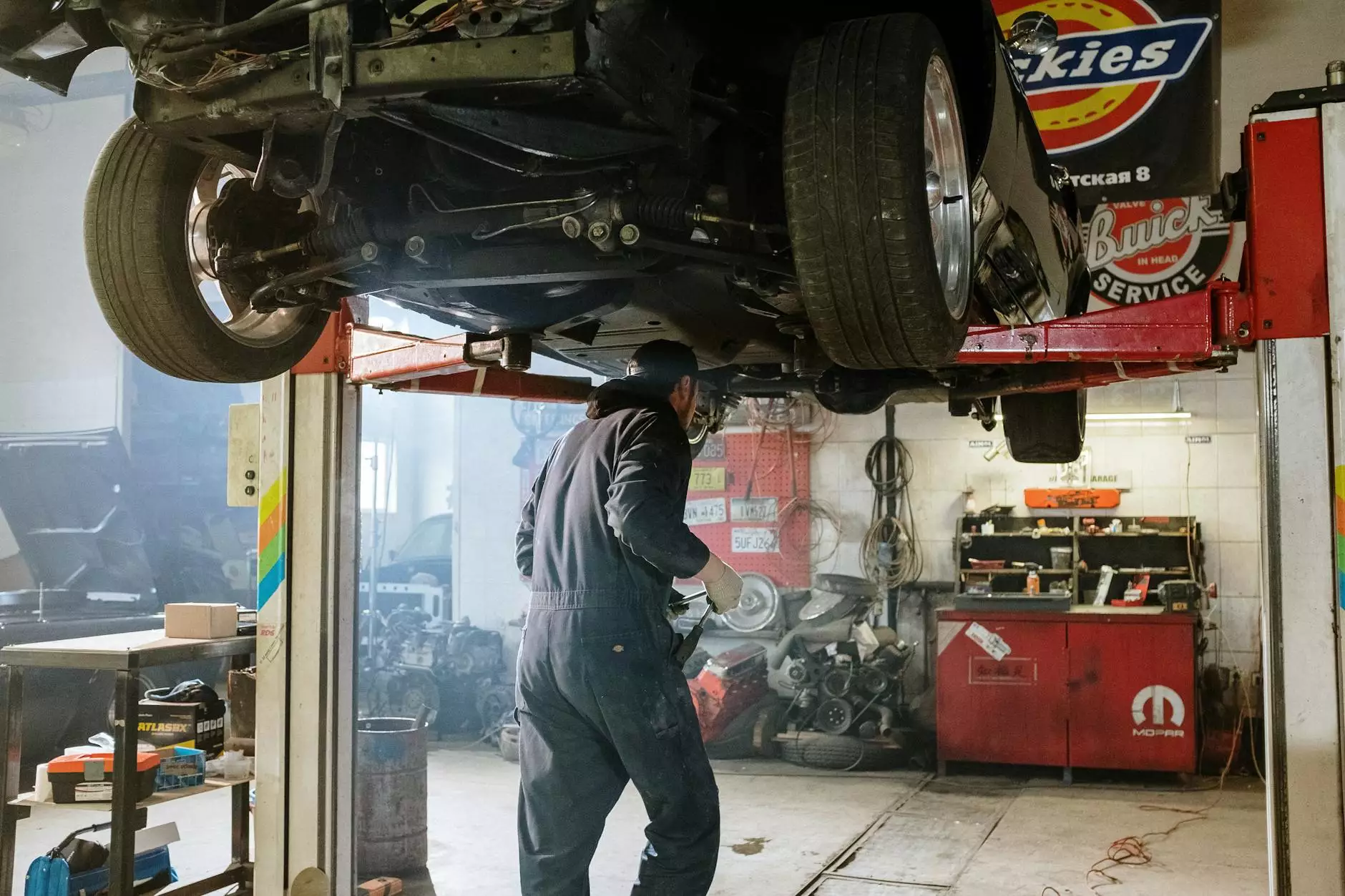How to Diagnose PC Crash: A Comprehensive Guide

In today’s fast-paced digital world, computer reliability is essential for both personal and business operations. One of the most frustrating issues a user can experience is a PC crash. Understanding how to diagnose PC crash incidents can save you time, money, and a great deal of hassle. This article will walk you through the steps necessary to identify the causes of PC crashes and provide solutions for these common problems.
Understanding the Basics of a PC Crash
A PC crash refers to a situation where your computer stops working suddenly. This can manifest as a frozen screen, a blue screen of death (BSOD), or the system being completely unresponsive. The repercussions of a crash can range from minor inconveniences to severe data loss. To effectively diagnose PC crash scenarios, it's important to first understand what causes them.
Common Causes of PC Crashes
- Hardware Failures: Components such as the hard drive, RAM, or power supply can fail, resulting in a crash.
- Software Conflicts: Incompatible software can lead to instability within the system.
- Overheating: Excessive heat can cause hardware components to fail temporarily or permanently.
- Driver Issues: Outdated or corrupt drivers can cause crashes and instability.
- Malware or Viruses: Malicious software can disrupt standard computer operations and lead to crashes.
Preliminary Steps to Take After a Crash
When your PC crashes, the immediate response is crucial. Here are some steps to take:
1. Restart Your Computer
This is the most straightforward troubleshooting step. Restarting can often resolve minor, temporary glitches that may have caused the system to crash.
2. Note the Error Messages
If your PC displays an error message before crashing, jot it down. Important messages such as “IRQL_NOT_LESS_OR_EQUAL” or “PAGE_FAULT_IN_NONPAGED_AREA” can provide valuable clues when diagnosing the issue.
3. Review Recent Changes
Think about any changes made before the crash occurred. This could include installing new software, updates, or hardware changes. Pinpointing these modifications can help you trace the source of the issue.
In-Depth Diagnostics
Once you’ve taken initial steps after a crash, you can conduct deeper diagnostics to pinpoint the problem. Here’s how:
1. Check Hardware Components
Inspect all physical components of your computer, including:
- RAM: Ensure that your RAM is properly seated and functioning. You can use tools like MemTest86 to perform stress tests.
- Hard Drive: Use diagnostic tools such as CrystalDiskInfo to check the health of your hard drive. Look for signs of failure, such as bad sectors.
- Overheating: Make sure fans are functioning correctly, and clean any dust buildup in the case.
2. Check Software and Drivers
Software conflicts and driver issues are major culprits in PC crashes:
- Update Drivers: Ensure all drivers are up to date. Use Device Manager or manufacturer websites to find the latest versions.
- Uninstall Recent Software: If a crash coincided with new software installations, try removing those programs to see if stability is restored.
- Run Anti-malware Scans: Use antivirus and anti-malware tools to ensure that your system is free from malicious software.
3. Use System Utilities for Troubleshooting
Windows and other operating systems offer several built-in tools that can aid in diagnosing issues:
- Event Viewer: Check the Event Viewer for logs related to system crashes. Look for critical errors that occurred around the time of the crash.
- System File Checker: Run the command sfc /scannow to check for and restore corrupted system files.
- Disk Check: Use the chkdsk command to scan for and repair disk errors.
When to Seek Professional Help
While many crashes can be diagnosed and resolved with DIY methods, there are times when seeking professional help is the best option. If you’ve exhausted all troubleshooting steps and are still experiencing issues, consider consulting a computer repair service. A professional will have the tools and expertise to diagnose and fix complex problems effectively.
Preventing Future Crashes
Once you've successfully managed to diagnose PC crash incidents, focus on preventative measures to minimize the likelihood of future crashes:
1. Regular Maintenance
Perform routine maintenance on your computer. This includes updating software and drivers, running regular scans for malware, and physically cleaning the computer internals.
2. Backup Your Data
Always maintain up-to-date backups of your important files. In the event of a crash, having backups ensures that no critical data is lost.
3. Monitor System Performance
Use monitoring tools to keep an eye on system performance. Applications like HWMonitor can track temperature and usage of various components. By staying vigilant, you can address issues before they lead to crashes.
Conclusion
Learning how to diagnose PC crash incidents is crucial for maintaining a healthy and functional computer. By understanding the potential causes, performing thorough diagnostics, and taking preventative measures, you can minimize downtime and ensure that your systems run smoothly.
Remember: If you're ever in doubt about diagnosing a crash, seeking help from professionals like those at IT Tech 4 All can provide the assurance and support you need.









